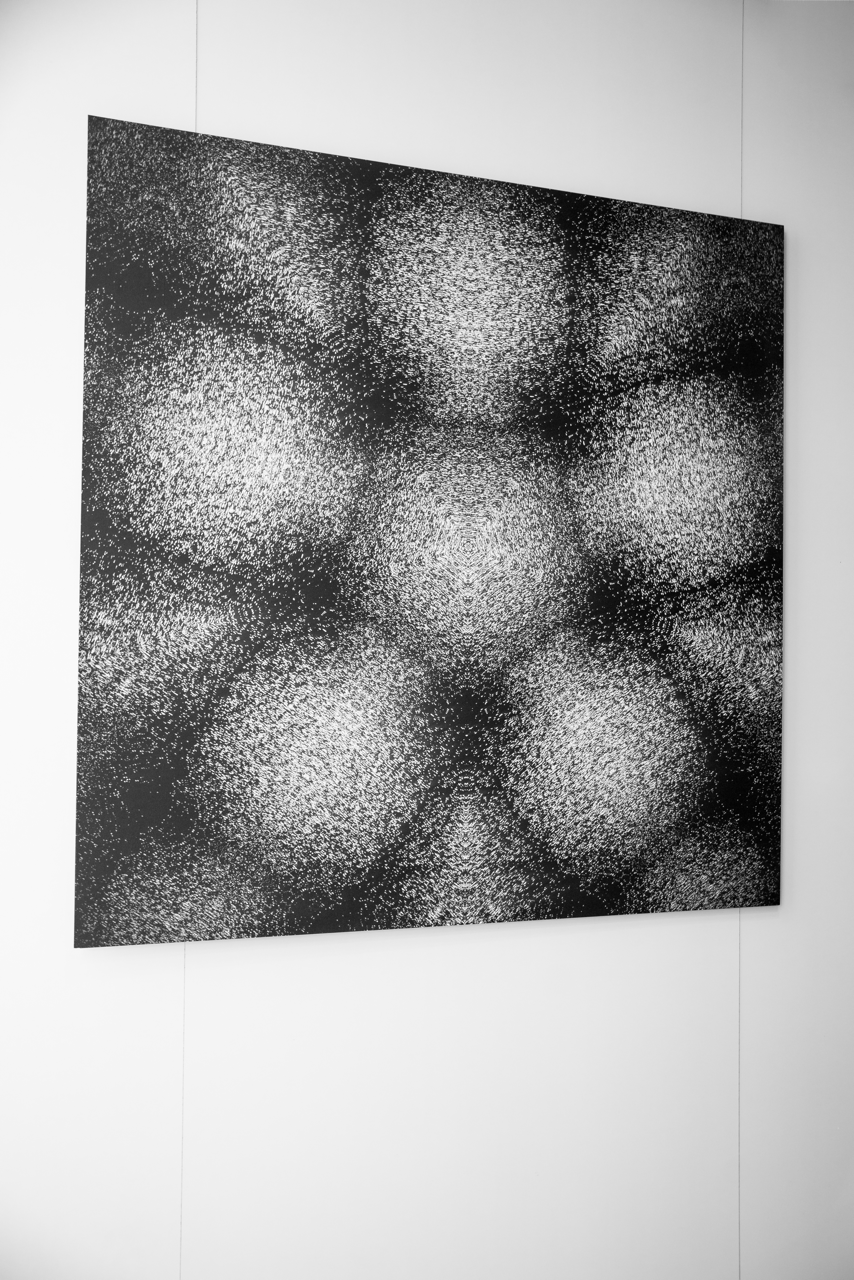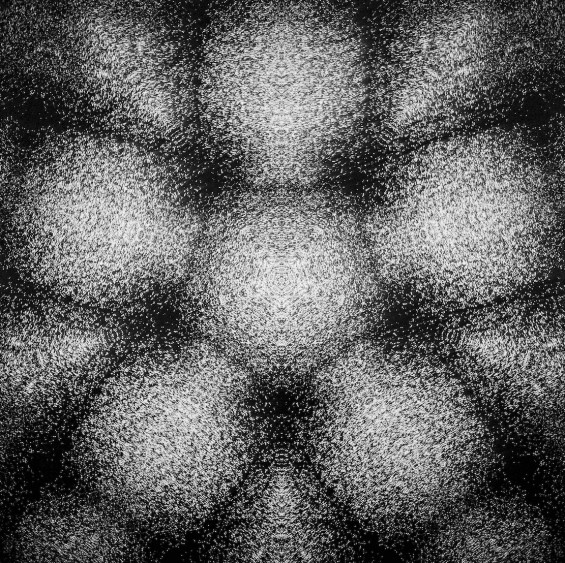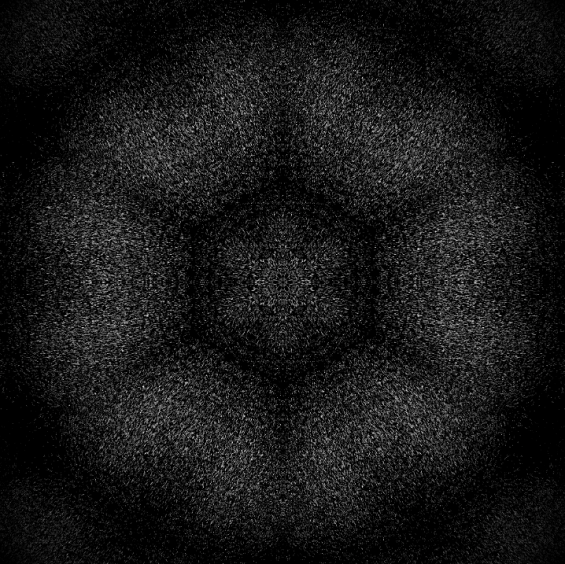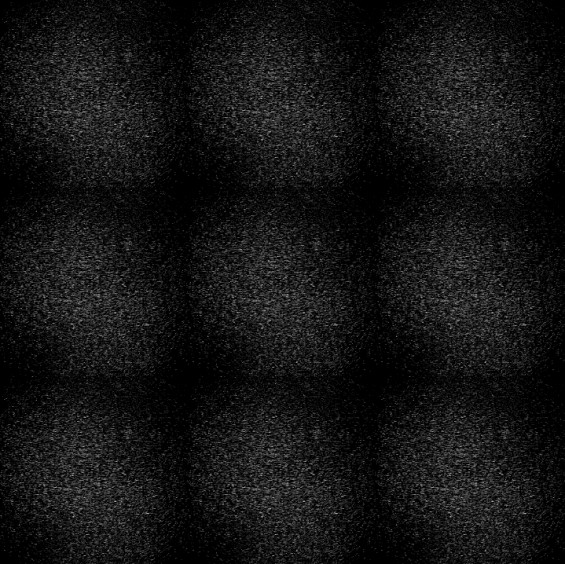Quantum N01ze
Art and the quantum world share a relationship that is both intriguing and thought-provoking. The quantum vacuum, which is fundamentally different from the classical vacuum, is a rich and dynamic place, brimming with energy and “life”. Unlike the classical vacuum, which is often thought of as empty, the quantum vacuum is a sea of potentiality; quantum fluctuations producing virtual matter and anti-matter particle pairs that appear and disappear constantly.
Think of the quantum vacuum noise as a glass of champagne with bubbles appearing and disappearing all the time. This concept of the quantum vacuum being a wellspring of energy and activity is a fascinating one that has captured the imagination of scientists, artists, and philosophers alike. Some artists have used this idea to create works that explore the relationship between energy, matter, and the universe, while others have used it to make statements about the nature of existence and the meaning of life.
In conclusion, the relationship between art and quantum theory is a rich and dynamic one, with artists exploring the concepts of energy, matter, and the universe in new and innovative ways. The idea of the quantum vacuum as a sea of potentiality and the constant appearance and disappearance of virtual particles serves as a source of inspiration for artists and a reminder of the wonders of the universe we inhabit.
In collaboration with the National University of Australia’s quantum communication, teleportation and encryption lab, De Wilde tapped into the quantum vacuum and rendered the vacuum noise, generated by a table top experiment with entangled lasers, into true random numbers. These true random numbers were piped into custom made visualisation software to create the unique noise patterns, artistic visualisation of the invisible Universe. De Wilde used printing and traditional painting techniques on aluminum.
◊
Ed. 1. / 7 . AP





